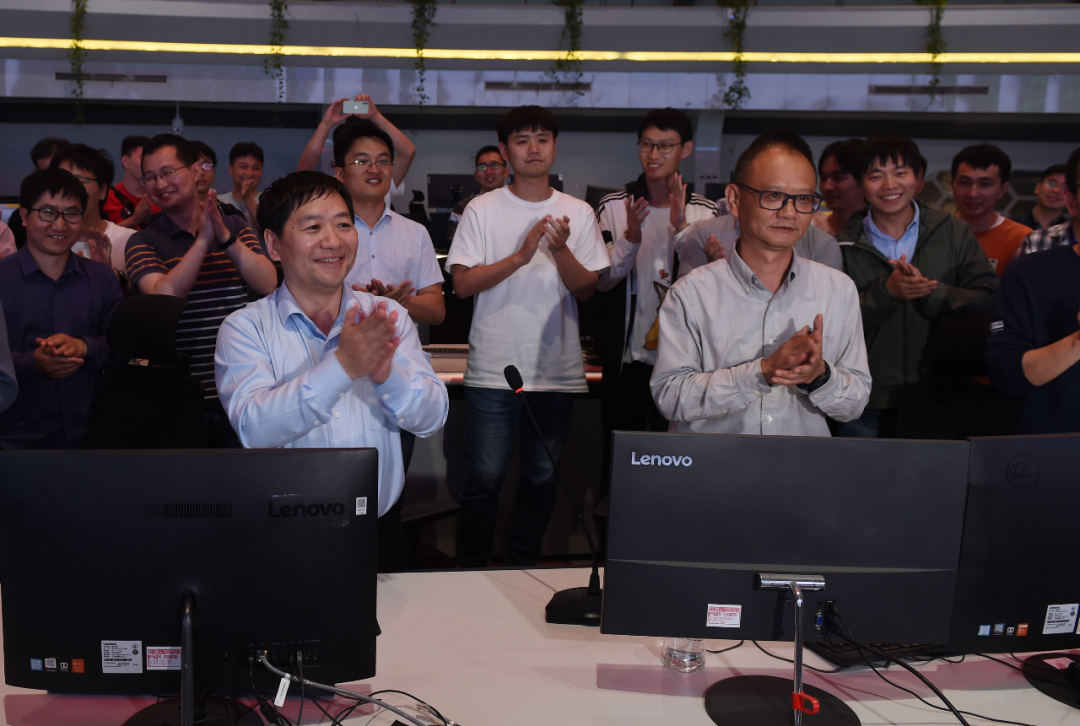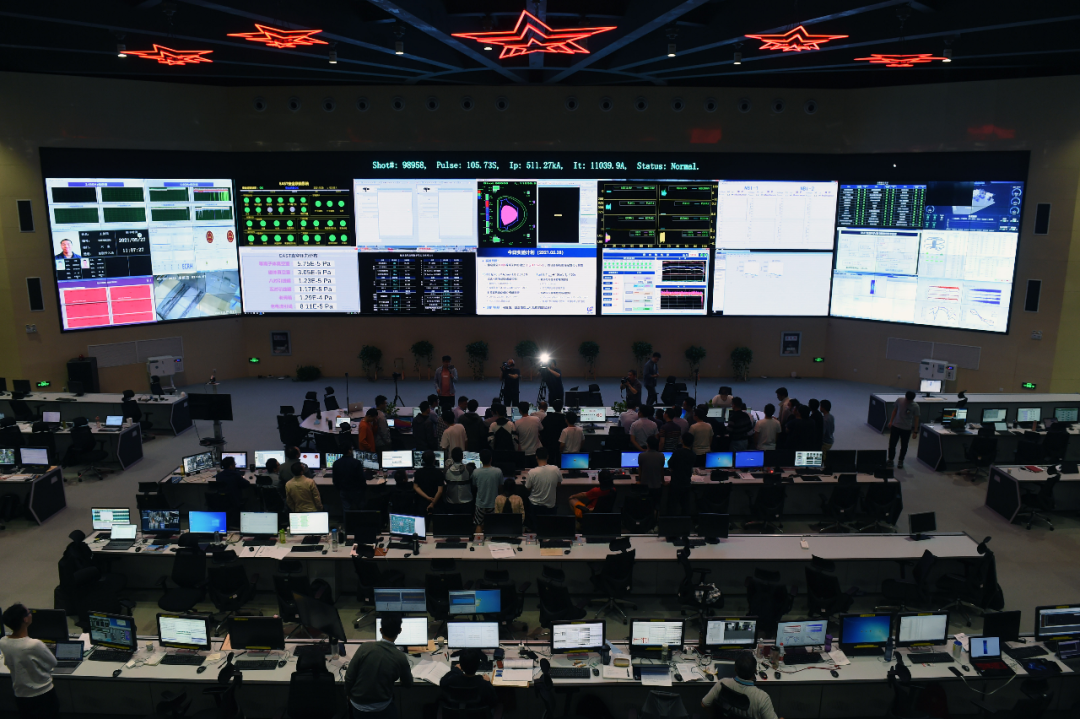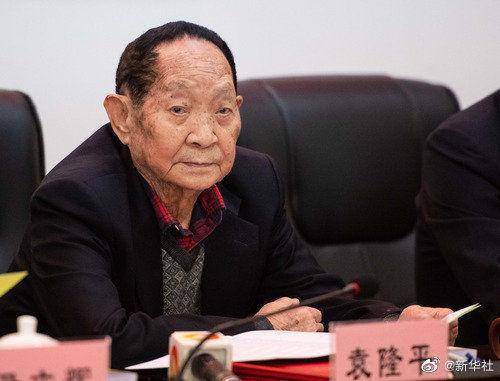
HUAWEI Harmony OS





China broke the record after the Experimental Advanced Superconducting Tokamak (EAST) achieved a plasma temperature of 120 million degrees Celsius for 101 seconds and 160 million degrees Celsius for 20 seconds, a major step toward the test running of the fusion reactor.






5-21-21 China will provide a $1m cash transfer to Palestine as humanitarian emergency aid, $1 million to the UN relief and works agency for Palestine refugees in the Near East, and 200,000 COVID-19 vaccine doses.
